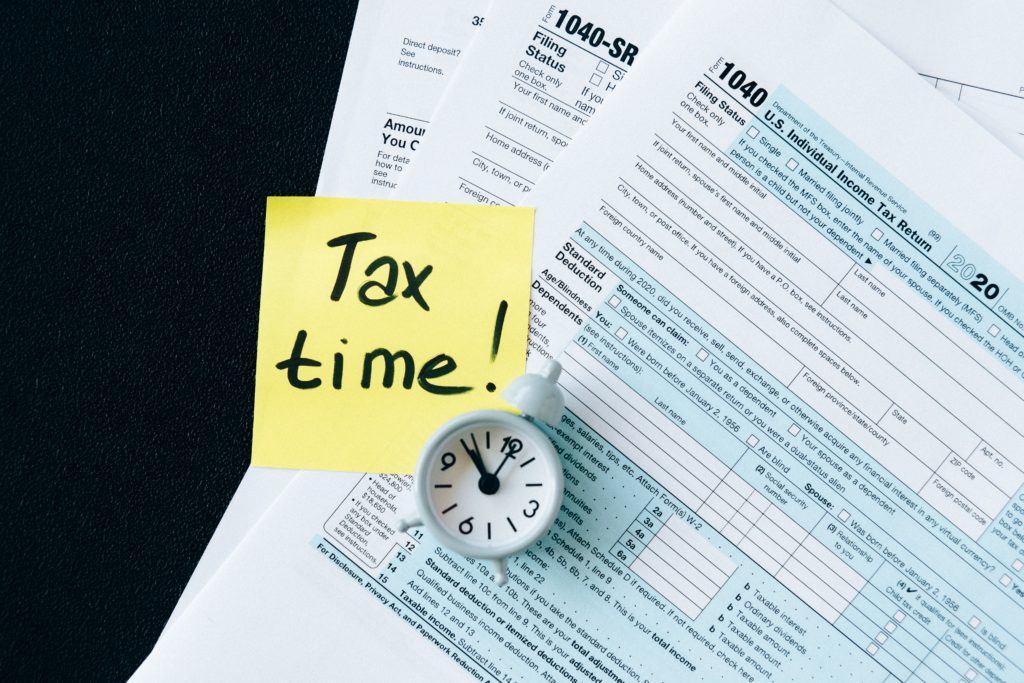The NARSSA Team
January 17, 2022 Planning

Pamela Kweller RSSA Staff
The 2022 tax filing season officially begins on Monday, January 24th. This means the IRS will begin accepting and processing 2021 tax year returns starting on the 24th.
However, you may have already begun thinking about your 2021 tax returns. These are the common questions that come up each year: Will I owe money? Will I get a refund? Are my unemployment benefits subject to taxation? Do I qualify for the child tax credit?
You may be wondering about your Social Security benefits too. Here are three important things to know about Social Security and taxation.
1. Social Security income may be subject to federal taxation.
Some refer to this as the Social Security “stealth” tax because it is common for people to be unaware of this tax, having it sneak up on them when they find out they owe taxes.
For almost 50 years after President Franklin D. Roosevelt signed the Social Security Act (in 1935), Social Security was not a source of income subject to federal taxation. However, in 1983 the Bipartisan agreement made significant changes to the Social Security program including the change that a portion of Social Security benefits could be federally taxed.
There is a specific calculation used to determine if your Social Security income will be taxed. If your “combined income” or “provisional income” exceeds a specific threshold, a portion (up to 85%) of your Social Security income will be taxed. These thresholds vary depending on if you are a single filer or joint filer. The portion of social security income that is considered “taxable” is then added to the rest of your income when determining your total adjusted gross income.
Learn more about Social Security and federal taxation here.
2. Social Security income may also be subject to state taxation.
Currently, there are 13 states where your Social Security income may be subject to taxation. These states include Colorado, Connecticut, Kansas, Minnesota, Missouri, Montana, Nebraska, New Mexico, North Dakota, Rhode Island, Utah, Vermont, and West Virginia.
Do not assume you will owe taxes just because you live in one of these states. Some of these states use the same calculation as the federal government to determine if single or joint filers owe taxes. Some states have their own rules and regulations.
3. Check your mail for your Social Security 1099 (SSA-1099) form.
Each January, the Social Security Administration mails out tax forms to Social Security beneficiaries. This form is called SSA-1099 and it details the total amount of Social Security benefits you received in the previous year, so you know how much to report to the IRS on your tax return.
You can also receive a copy of this form online through your my Social Security account.
Taxation is just one piece of the Social Security and retirement planning puzzle. Whether you live in one of those 13 states mentioned above or not, it is still important for you to plan your retirement and to make the optimal Social Security filing decisions. Understanding who gets taxed and how it is calculated is important and a significant step in your retirement planning process. Working with a professional, like an RSSA, can help you plan, prepare, and prevent yourself from being caught off guard with unexpected taxes.